I admit, this took some research! Let’s start by defining what we are trying to do, Wikipedia to the rescue.
Ethos: Greek, meaning character, used to describe guiding beliefs, ideals, and the spirit which motivates them.
Community: a group whose intention, beliefs, resources preferences, needs and risks affect and shape its identity. This captures how organizational culture emerges from our work together and our ethos.
The leadership challenge is to understand how to embed these so that we can use them to influence our company’s success (sustained competitiveness and customer satisfaction). Peter Block provides a good starting point. He notes that community is a structure of belonging. Getting the structure right allows trust, connection, security, and feeling valued to emerge (Etienne Wenger). When these describe the organizational identity it is a small step to self-organizing teams, collaboration, continuous improvement, quality, fast development times, and a customer-centric focus. Whether emphasized or assumed, community and ethos are core to all five domains in our intersection.
To embed the Ethos of Community two concepts emerge at the intersection to create a structure of belonging: Communities of Practice and Leader/Teachers.
Communities of Practice (COP). If teams are the fractal unit from which all other organizational units arise, COP are the fractal unit at all levels of shared enterprise over time. The primary assumption from Wenger’s research is that: engaging in the social practice of forming COP is the foundational process by which we learn (knowledge creation) and become who we are (organizational culture). Joint enterprise (supported by mutual engagement and shared repertoire) generates accountability, coherence, productive disagreement, collaboration, and the effective use of resources to meet constraints. This produces a pragmatic resourcefulness that is innovative at the local level and results in continuous improvement, self-organization, and “individuals and interactions” as a driving force for change. As Wenger points out, “Even though [the COP] does not transcend or transform its institutional conditions in any dramatic fashion, it nonetheless responds to [organizational] conditions in ways that are not determined by the institution. To do what they are expected to do [they] produce a practice with an inventiveness that is all theirs.” (1)
Network analysis can illuminate COP and uncover the connectivity between them, mapping these networks like we map value and process. Leaders can then seek out Communities of Practice and convert their collective thinking into organizational action. Mapping community relationships and identifying key COP members allows managers to respond to opportunities and challenges quickly, using existing connections and dependencies. “We call this a latent network view because it discloses a group that could be leveraged in the future.” (2) This provides a means of overcoming organizational fragmentation and taking advantage of built-in resiliency. From a management perspective, then, we have a new means of recognizing, and taking advantage of, structured localness that goes far beyond co-location.
Leader/Teachers: When a new process is adopted, “train everyone” makes sense. Thereafter, the work itself provides a platform for personal and personnel development. This weaves together competency, responsibility, accountability, and contribution. Toyota places this at the center of continuous improvement, achieved through the interactions of Mentors and Mentees. The Toyota Leader/Teacher is a way of managing that has its roots in ethos and can be traced back to GE’s Crotonville Leadership Development Center and the work of Noel Tichy. (3)
When embedding an ethos of community, job assignments, team composition, and even meetings become a forum for action learning. Two assumptions are core to this idea: that learning is a social event and that teaching is the most effective means of leadership. Tichy pioneered the idea of “leaders at every level” built on the practice of leadership as a “Teachable Point of View (TPOV)” rather than subject matter expertise. Becoming a great Leader/Learner requires some new management activities: time for personal reflection, creation of a TPOV, the ability to connect to others and engage when the teachable moment presents itself, inquiry and substantive exchanges that seek to discover problems and how people are thinking about solving them, and openness and listening as a learner (often called “beginners mind”).
Teachable moments form a structure of belonging. They allow leader/teachers to pull from their TPOV, a personal backlog of learning experiences and ways of “seeing”, and engage with their learning partner(s) to create a transformational idea and new responses and behaviors. Recall Satir’s change cycle and now view it as a learning cycle. As leader/teachers, and as learners ourselves, we are watching for transformational ideas to emerge from the intersection of the situation, previous experience and knowledge, the current learning conversation, insight, and understanding. When that happens we have a teachable moment, all participants are learners and teachers, and actionable change is the outcome.
Leader as Social Architect
No matter how broad or limited your scope of leadership, everyone has the potential to engage in Communities of Practice and be a Leader/Teacher. To close let me quote a management great, Robert Greenleaf, that summarizes the structure of belonging we can all achieve every day:
“Everyone who aspires to strength should consciously practice listening, regularly. Every week, set aside an hour to listen to somebody who might have something to say that will be of interest. It should be conscious practice in which all of the impulses to argue, inform, judge, and “straighten out” the other person are denied. Every response should be calculated to reflect interest, understanding, [and] seeking for more knowledge. Practice listening for brief periods, too. Just thirty seconds of concentrated listening may make the difference between understanding and not understanding something important.” (4)
1 Wenger, Etienne. Communities of Practice, Cambridge University Press, 1998.
2 Cross, Rob and Parker, Andrew. The Hidden Power of Social Networks. Harvard Business School Press, 2004.
3 Tichy, Noel. The Cycle of Leadership. Harper Business, 2002.
4 Greenleaf, Robert. On Becoming A Servant Leader. Jossey-Bass, 1996.
Dr. Carol Mase is an executive coach who challenges leaders and their organizations to think differently about the world and how they can achieve their fullest potential. Her unique background applies the principles of business, biology, psychology, and physics, to all levels of the organization. She has worked as an entrepreneur, consultant and pharmaceutical executive introducing fresh ideas that produce innovation and adaptive change.
 Sections of this topic
Sections of this topic

















